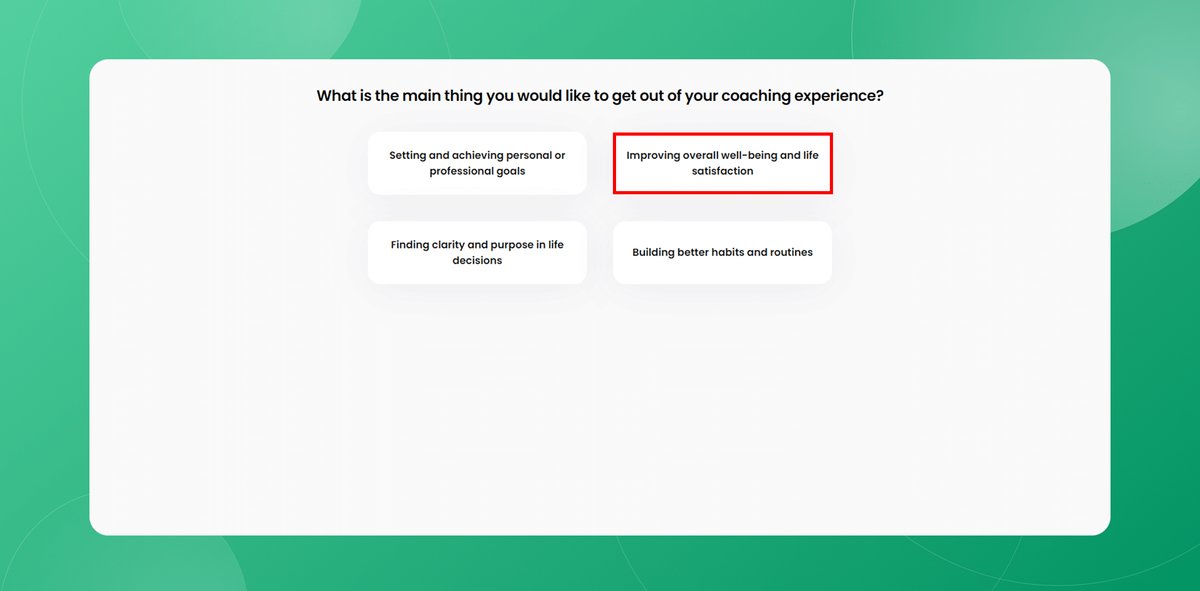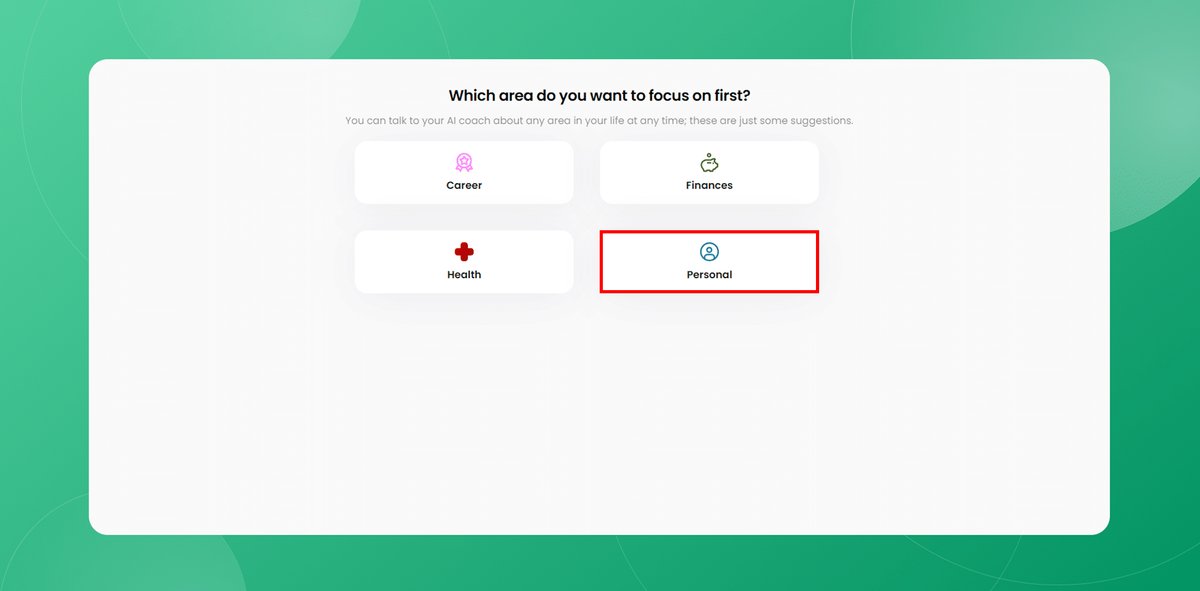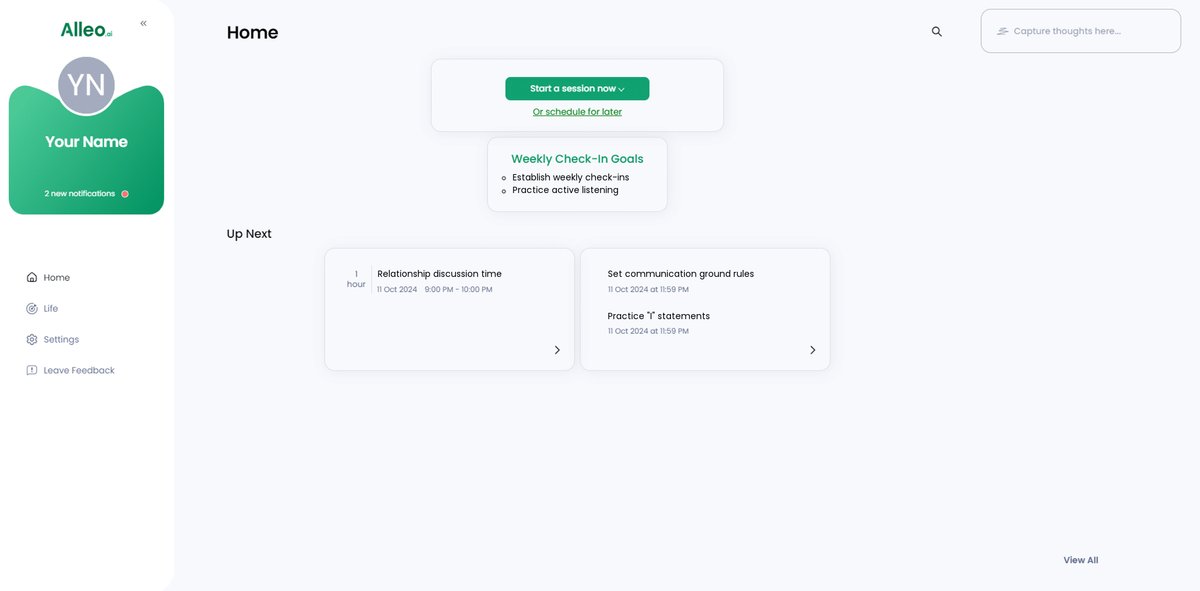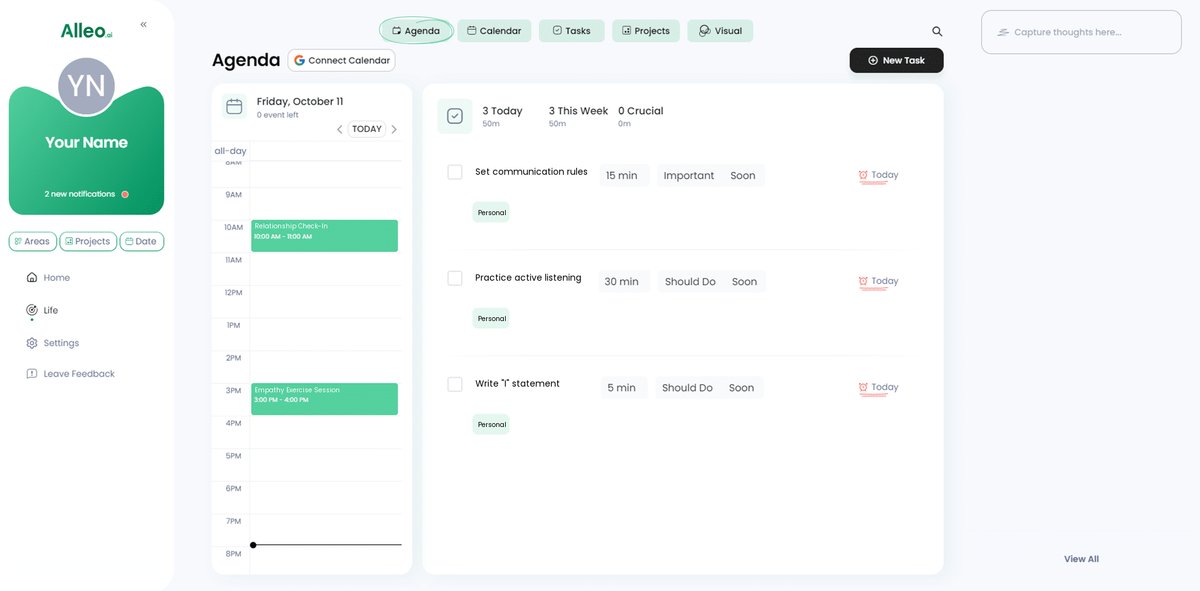How to Address Relationship Issues When Your Partner Avoids Conflict: 3 Essential Strategies
Are you feeling unheard in your relationship? Addressing a conflict-avoidant partner can be challenging.
Does it seem like your partner prioritizes personal peace over addressing important issues? This is a common issue in communication in relationships.
As a life coach, I’ve helped many men navigate the complexities of expressing their needs in relationships. I’ve seen firsthand how conflict avoidance can disrupt emotional intimacy and trust. Dealing with avoidant partners often requires specific conflict resolution strategies.
In this article, you’ll discover practical strategies to create a safe space for dialogue, practice active listening, and use “I” statements effectively. These techniques can help in overcoming fear of confrontation and improving relationship communication skills.
Let’s dive in and explore healthy relationship habits for addressing conflict-avoidant partners.

Understanding the Impact of Conflict Avoidance in Relationships
Avoiding conflict might seem like a way to keep peace, but it often leads to unresolved issues and emotional distance. Many clients share how this avoidance increases stress and anxiety, making it hard to feel connected. Addressing a conflict-avoidant partner is crucial for improving relationship communication skills and maintaining emotional intimacy.
Several people avoid conflict due to fear of escalation or lacking the skills to resolve disputes. This can damage the emotional intimacy and trust that are crucial in relationships. Overcoming fear of confrontation and learning assertiveness in relationships are key steps in dealing with avoidant partners.
Imagine regularly bottling up your feelings, creating a growing emotional distance. This cycle, if not addressed, can erode the foundation of your relationship. Building trust with a conflict-avoidant partner often requires couples therapy techniques and conflict resolution strategies to foster healthy relationship habits.

A Roadmap to Addressing Conflict Avoidance in Relationships
Overcoming this challenge requires a few key steps. Here are the main areas to focus on when addressing a conflict-avoidant partner and improving communication in relationships:
- Create a safe space for open dialogue: Establish regular check-ins and set ground rules for discussions to build trust with a conflict-avoidant partner.
- Practice active listening and empathy: Reflective listening and empathy exercises can help improve relationship communication skills and emotional intimacy.
- Use “I” statements to express needs calmly: Frame your statements carefully and focus on solutions, employing assertiveness in relationships and conflict resolution strategies.
Let’s dive in to explore these healthy relationship habits!
1: Create a safe space for open dialogue
Creating a safe space for open dialogue is crucial for addressing conflict avoidance and fostering healthy communication in your relationship, especially when dealing with a conflict-avoidant partner.
Actionable Steps:
- Establish a Regular Check-In Routine: Schedule weekly or bi-weekly check-ins to discuss relationship matters in a calm environment. Use a shared calendar to set reminders for these sessions, which can help in addressing conflict-avoidant partner behaviors.
- Set Ground Rules for Discussions: Agree on rules such as no interrupting, no blaming, and taking breaks if emotions run high. Write down these rules and refer to them during conversations to improve relationship communication skills.
- Choose the Right Setting: Select a neutral and comfortable location for discussions, such as a favorite coffee shop or a quiet park. Ensure both partners feel relaxed and undistracted during these conversations, which is essential for building trust with a conflict-avoidant partner.
Key benefits of creating a safe space include:
- Increased trust and emotional intimacy
- Reduced anxiety around difficult conversations
- Better problem-solving as a team
Explanation:
These steps are essential because they create a structured approach to communication, helping both partners feel heard and understood. This is particularly important when addressing conflict-avoidant partner tendencies.
According to a study in Heartfelt Counseling, structured communication routines can reduce stress and improve emotional intimacy. Establishing ground rules ensures that discussions remain respectful and productive, which is crucial for overcoming fear of confrontation in relationships.
Let’s move on to the next step: practicing active listening and empathy, which are key conflict resolution strategies.

2: Practice active listening and empathy
Practicing active listening and empathy is crucial for addressing conflict avoidance and improving communication in relationships, especially when dealing with a conflict-avoidant partner.
Actionable Steps:
- Reflective Listening: Paraphrase what your partner says to show understanding and validate their feelings. Use phrases like “What I hear you saying is…” or “It sounds like you feel…” This technique is particularly effective in overcoming fear of confrontation.
- Empathy Exercises: Engage in exercises that promote empathy, such as perspective-taking or role-playing scenarios. Share your thoughts and feelings after these exercises to deepen mutual understanding and build trust with a conflict-avoidant partner.
- Non-Verbal Communication: Pay attention to body language, eye contact, and facial expressions to show you’re engaged. Practice mirroring your partner’s non-verbal cues to build rapport and improve relationship communication skills.
Explanation:
These steps matter because they create a foundation of understanding and connection, reducing misunderstandings and emotional distance. They are essential conflict resolution strategies for addressing a conflict-avoidant partner.
According to Makin Wellness, empathetic communication can significantly improve relationship dynamics. Reflective listening ensures that both partners feel heard and valued, while empathy exercises foster deeper connections and emotional intimacy.
Signs of improved empathy and active listening:
- Fewer misunderstandings and arguments
- Increased feelings of being valued and understood
- More open and honest communication, a key aspect of healthy relationship habits
Let’s move on to the next step: using “I” statements to express needs calmly, which is an important assertiveness technique in relationships.

3: Use “I” statements to express needs calmly
When addressing a conflict-avoidant partner, using “I” statements is essential for expressing your needs without triggering defensiveness in your partner.
Actionable Steps:
- Start with “I feel…”: Begin your statements with “I feel” followed by the emotion and behavior causing it (e.g., “I feel hurt when we don’t discuss important issues”), which is crucial for improving relationship communication skills.
- Propose Solutions: Express your needs and suggest solutions or compromises (e.g., “I need us to talk about finances once a week to feel secure”), a key strategy in dealing with avoidant partners.
- Practice Calm Communication: Take deep breaths and pause before responding to maintain a calm tone of voice, preventing escalation and building trust with a conflict-avoidant partner.
Explanation:
These steps matter because they help convey your feelings and needs clearly without placing blame, which fosters a more open and constructive dialogue, essential for emotional intimacy and healthy relationship habits.
According to Marriage.com, using “I” statements can reduce defensiveness and encourage more productive conversations in relationships, which is particularly important when addressing conflict-avoidant partners.
This approach aligns with the growing emphasis on effective communication and conflict-resolution strategies in maintaining healthy relationships.
The impact of using “I” statements effectively:
- Reduced defensiveness in conversations
- Clearer communication of needs and emotions
- Increased problem-solving and compromise
Finally, transitioning to the next topic, let’s explore how using Alleo can further support these efforts in overcoming fear of confrontation and improving assertiveness in relationships.

Partner with Alleo to Improve Your Relationship Communication
We’ve explored the challenges of addressing conflict-avoidant partners and how to overcome them. But did you know you can work directly with Alleo to make this journey easier and faster when addressing a conflict-avoidant partner?
Step 1: Goal Setting with Alleo
- Use Alleo to set specific goals for improving communication in relationships and addressing conflict avoidance.
- Track progress and receive reminders for regular check-ins and empathy exercises to build emotional intimacy.
Step 2: Personalized Advice
- Get tailored advice from Alleo on framing “I” statements and handling difficult conversations, essential for dealing with avoidant partners.
- Access resources and tips for creating a safe space and practicing active listening to improve relationship communication skills.
Step 3: Scheduling and Planning
- Use Alleo to schedule and plan regular relationship check-ins and empathy exercises, fostering healthy relationship habits.
- Ensure both partners are committed to the process by setting mutual goals and deadlines, which is crucial when addressing a conflict-avoidant partner.
Ready to get started for free?
Let me show you how!
Step 1: Access Your Personal Relationship Coach
To begin improving your relationship communication, log in to your Alleo account or create a new one to access your personalized AI relationship coach and start setting communication goals.

Step 2: Choose “Improving overall well-being and life satisfaction”
Select “Improving overall well-being and life satisfaction” as your goal in Alleo to address conflict avoidance and enhance your relationship communication, aligning with the strategies discussed for creating a healthier, more open partnership.

Step 3: Select “Personal” as Your Focus Area
Choose the “Personal” life area in Alleo to address relationship communication and conflict avoidance issues, as this category encompasses interpersonal skills and emotional well-being crucial for improving your partnership.

Step 4: Starting a coaching session
Begin your journey with Alleo by scheduling an intake session, where you’ll discuss your relationship goals and create a personalized plan to improve communication and address conflict avoidance.

Step 5: Viewing and managing goals after the session
After your coaching session, open the Alleo app and navigate to the home page to view and manage the communication goals you discussed, allowing you to track your progress in addressing conflict avoidance and improving relationship dynamics.

Step 6: Adding events to your calendar or app
Use Alleo’s calendar and task features to schedule your regular relationship check-ins, empathy exercises, and communication practice sessions, allowing you to easily track your progress in addressing conflict avoidance and improving your relationship communication.

Bringing It All Together for a Healthier Relationship
By now, you understand the importance of addressing conflict avoidance in your relationship. Taking steps to create a safe space, practice active listening, and use “I” statements are crucial for improving relationship communication skills and dealing with avoidant partners.
I know it’s not easy, but it’s worth it for building trust with a conflict-avoidant partner.
Remember, small changes can make a big difference in communication in relationships.
You’re not alone in this journey of overcoming fear of confrontation.
Consider using Alleo to support these efforts in addressing a conflict-avoidant partner. The tools and personalized advice can guide you and your partner towards healthier communication and conflict resolution strategies.
Start today. With Alleo, you can improve your relationship and feel heard, enhancing emotional intimacy.
Let’s make that change together and develop healthy relationship habits.